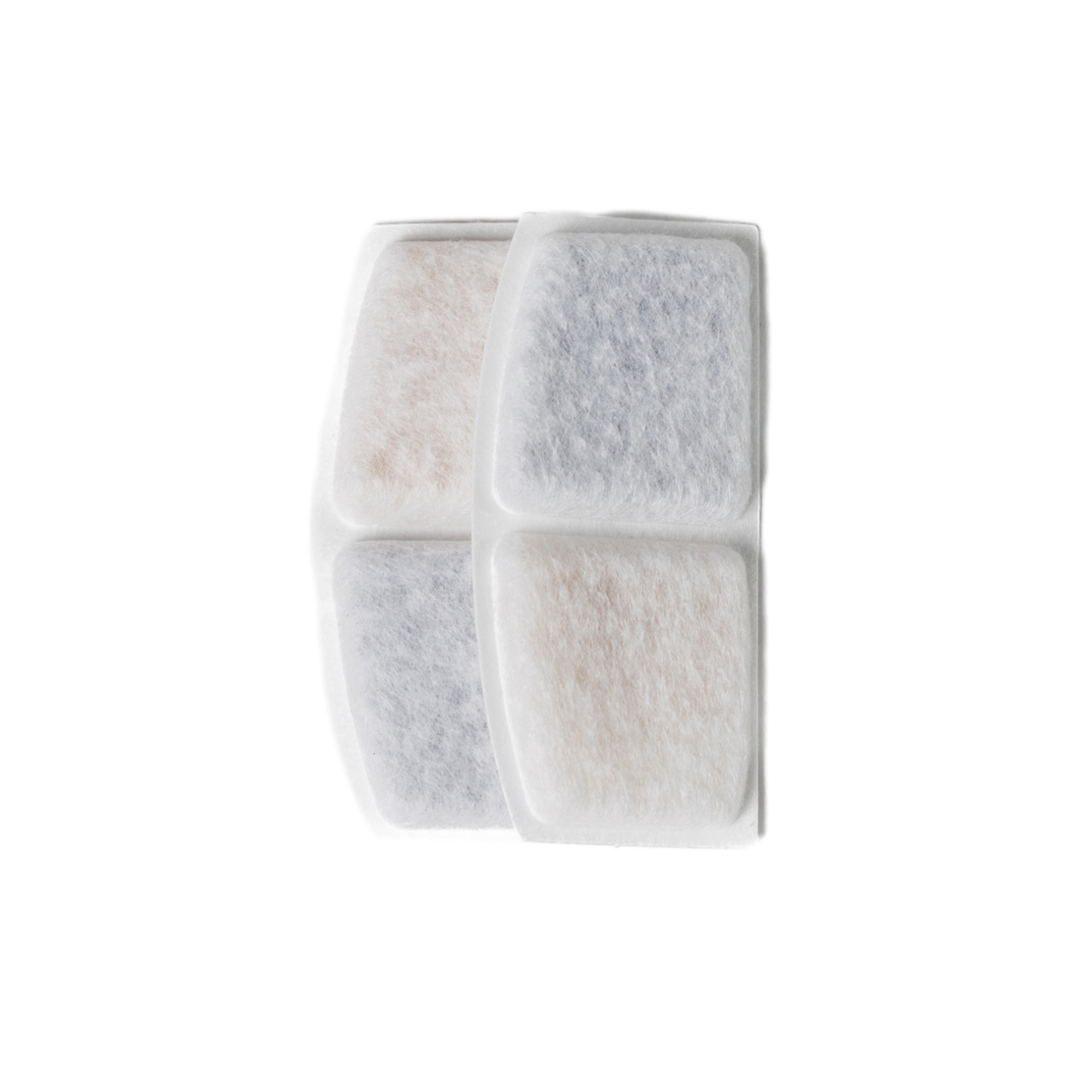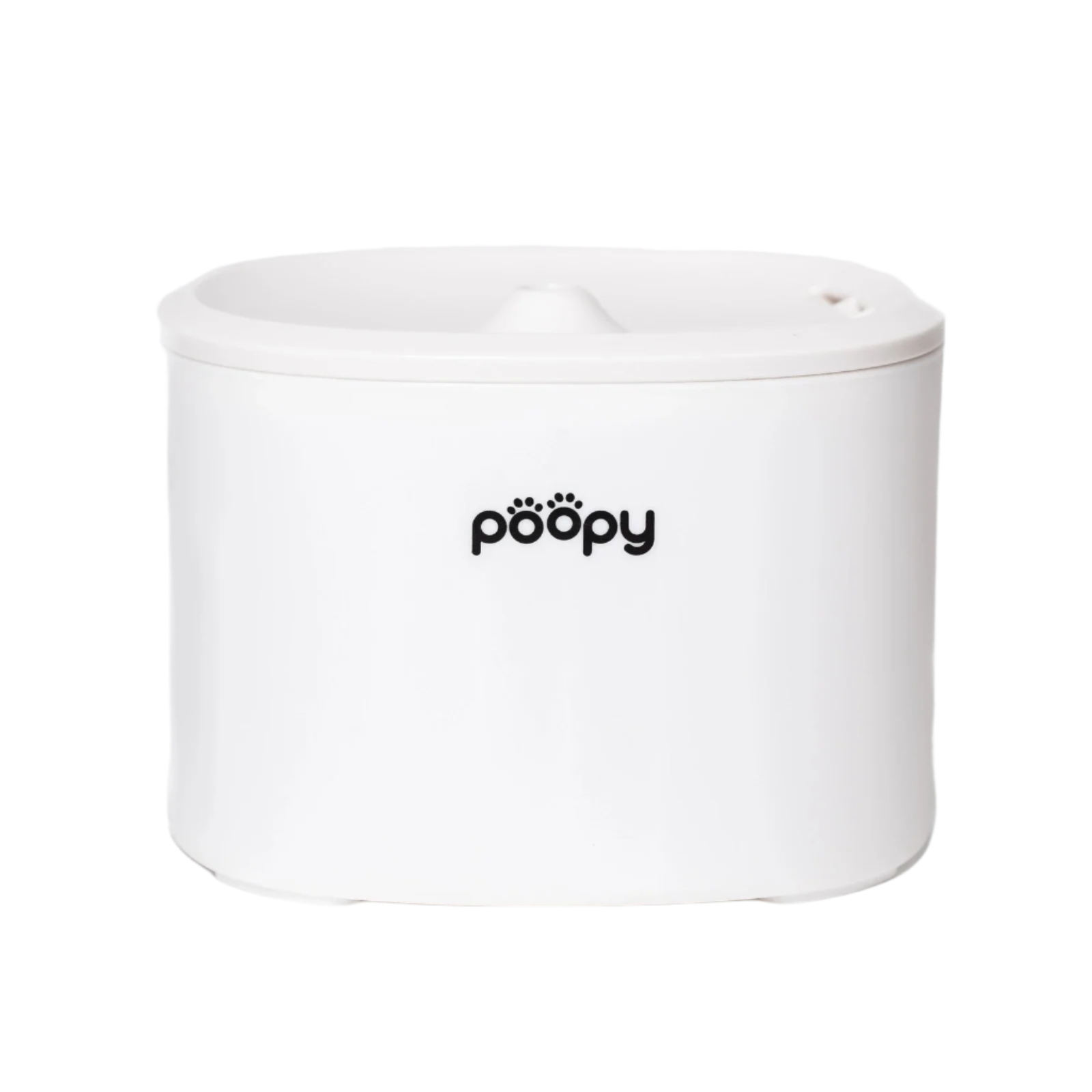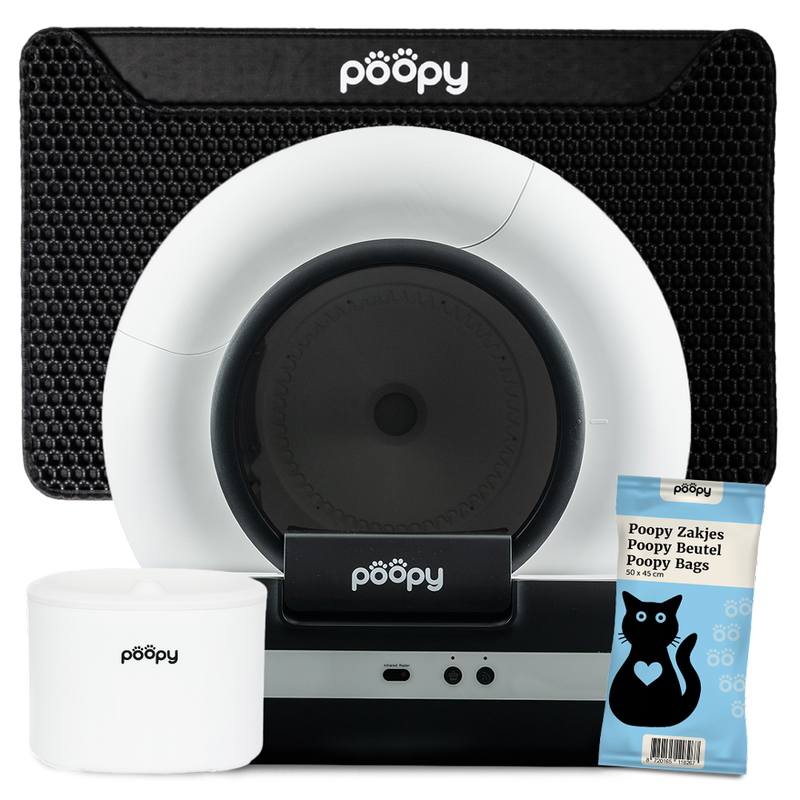Worms in your cat? Time to intervene.
Cats and worms are unfortunately not a rare combination. In fact, almost every cat has to deal with it sooner or later. It is one of the most annoying aspects of cats. Worms are invisible, unsanitary and potentially harmful to your cat as well as your family.
Worm infections are often noticed late. The symptoms are subtle, and cats do not readily show that they are not feeling well. Meanwhile, they can infect other pets, or even humans. Reason enough to address this seriously.
In this blog you will discover all about cat wormsHow they develop, how to recognize them, which species are most common, and most importantly - how to get rid of them permanently and prevent reinfection.
How does a cat get worms?
There are several ways a cat can become infected with worms, and often as an owner you don't even realize it. Cats can contract worms through:
-
eating fleas (e.g., while licking),
-
contact with contaminated soil, prey animals or feces,
-
or - in kittens - even through breast milk.
Slightly lesser-known sources are also important to mention. For example, cats can re-infect themselves through their own feces if the litter box is not cleaned regularly. Especially in the case of roundworms this is a risk. In that regard, a self-cleaning litter box such as the Poopy Nano 2 is not only a matter of convenience, but also a hygienic precaution.

Symptoms of worms in cats
A cat with worms usually won't get dramatically sick right away. But make no mistake: the symptoms of worms in cats can begin subtly and cause considerable damage over the long term. Consider:
-
Weight loss, even with a normal appetite
-
Dull coat or bald spots
-
Vomiting or diarrhea
-
White worms around the anus or in the litter box (little white worms cat)
-
Drowsiness or just restless behavior
-
In severe cases: blood in the stool (blood stool cat worms)
In kittens or weakened cats, worms can even be life-threatening. This is why it is important for you as an owner to be alert to subtle changes in behavior, appetite and feces.
Types of worms in cats
There are several types of worms that can infect cats. Each type has a different way of spreading and specific risks. As an owner, it is important to know the difference so you know what your cat needs in terms of treatment and prevention.
The roundworm is by far the most common, especially in kittens. This worm lives in the intestines and when seriously infected can cause vomiting, a bulging belly or dull coat. Roundworms are also transmissible to humans, which makes it extra important to take hygiene seriously.
Tapeworms can often be recognized by small, white segments that look like grains of rice - you can sometimes see these around the anus or in the litter box (little white worms cat). Infection usually happens through fleas. Therefore, it is crucial to always use a good flea medication as well.
Hookworms are less common in the Netherlands, but can cause severe anemia in young or weakened cats. They attach to the intestinal wall and sometimes cause blood loss.
Some owners also report black worms in cats, although these are often confused observations of, for example, dark stools or larvae of other parasites. When in doubt, always have a fecal examination through your veterinarian.

How do you get rid of worms?
When you discover that your cat has worms, you want to get rid of them as soon as possible. Fortunately, an infestation is usually treatable - provided you intervene in time and take the right approach.
The first step is always: deworm. There are many remedies available at the vet or pet store. Always choose a product that fits the type of worm and the weight of your cat. Note: not every product works against every type of worm.
However, deworming is not a one-time action. Worm eggs may remain in the environment - or your cat may become reinfected through its own bowl or fur. Therefore, repeat the treatment as advised on the package insert, usually after two to three weeks. This is how you break the cycle.
If your cat is severely infected, becomes sicker or develops worms repeatedly, always see your veterinarian right away. In some cases, additional testing is needed, such as a fecal examination to determine exactly what type of worm is involved.
Preventing worms, what can you do?
Prevention is always better than cure. And with worms this is extra important, because the infection often goes unnoticed. With a few smart habits, you can greatly reduce the chances of a new infection.
Make sure your cat is dewormed every three months every three months - even if you don't see any symptoms. Especially if your cat goes outside or eats raw meat. Also avoid fleas, as they can transmit tapeworms. So always use a good flea medication in conjunction with a deworming schedule.
Hygiene is a second pillar. Clean the litter box daily and wash hands after contact with feces. For those with young children or multiple cats, this is especially important. A self-cleaning litter box can help make this process automatic, so your cat doesn't keep coming into contact with eggs.
ensure healthy resistance. Good cat food (cat food) and adequate hydration will help your cat stay strong. A drinking fountain can encourage your cat to drink more, something that is also important during recovery from a worm infection. But of course, you always know what fits best and is good for your cat.
Roadmap to removing worms in cat
-
Find out the symptoms. Watch for weight loss, vomiting, dull coat and worms in the stool.
-
Treat purposefully. Use an appropriate anthelmintic tailored to weight and worm species.
-
Repeat treatment. Often a second course of treatment is needed to address all stages of the worm.
-
Clean the environment. Wash blankets, baskets and keep the litter box hygienically clean
-
Prevent new infestation. Deworm regularly and avoid fleas and contact with raw meat or feces.
To learn more, check out all our Blogs!







































































